7 ways to remove pet odor from your home
Worried your home smells like pets? Follow these tips
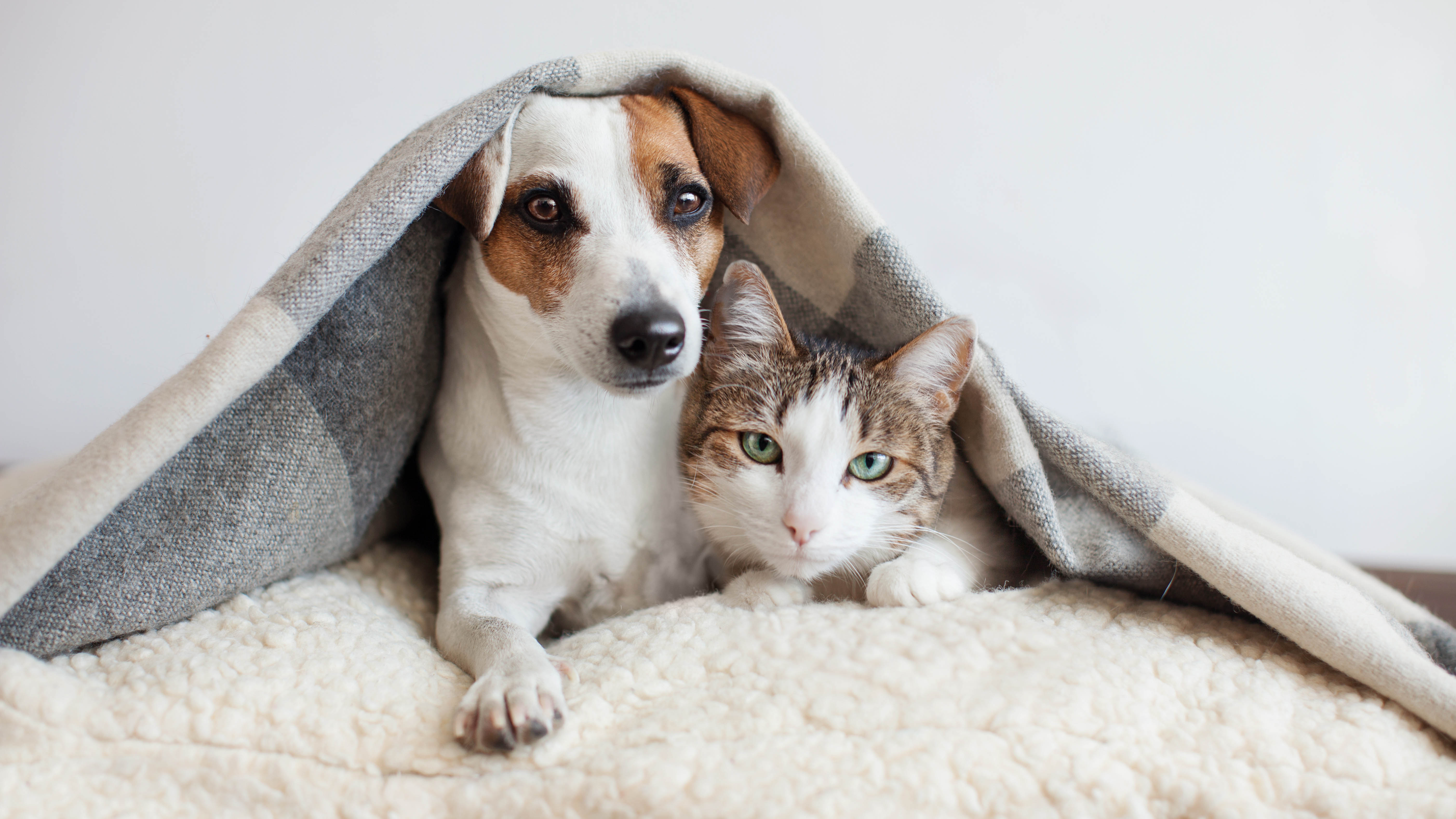
We all love our pets immensely. It seems no matter how many things they chew, or how many couches they scratch, they can always lick things better and find themselves back in our good books. Having said that, one thing that pets can’t help but bring to our home is a residual smell.
Despite our best efforts, a home can easily end up smelling like pets — often musty and unpleasant. It’s inevitable as these furry family members make their way into every crevice, shedding fur along the way. Luckily, there are ways you can eradicate this odor. In fact, we’ve found 7 ways you can remove pet odor from your home. Follow these steps, and your guests won’t even know you’ve got pets under the roof.
1. Vacuum regularly
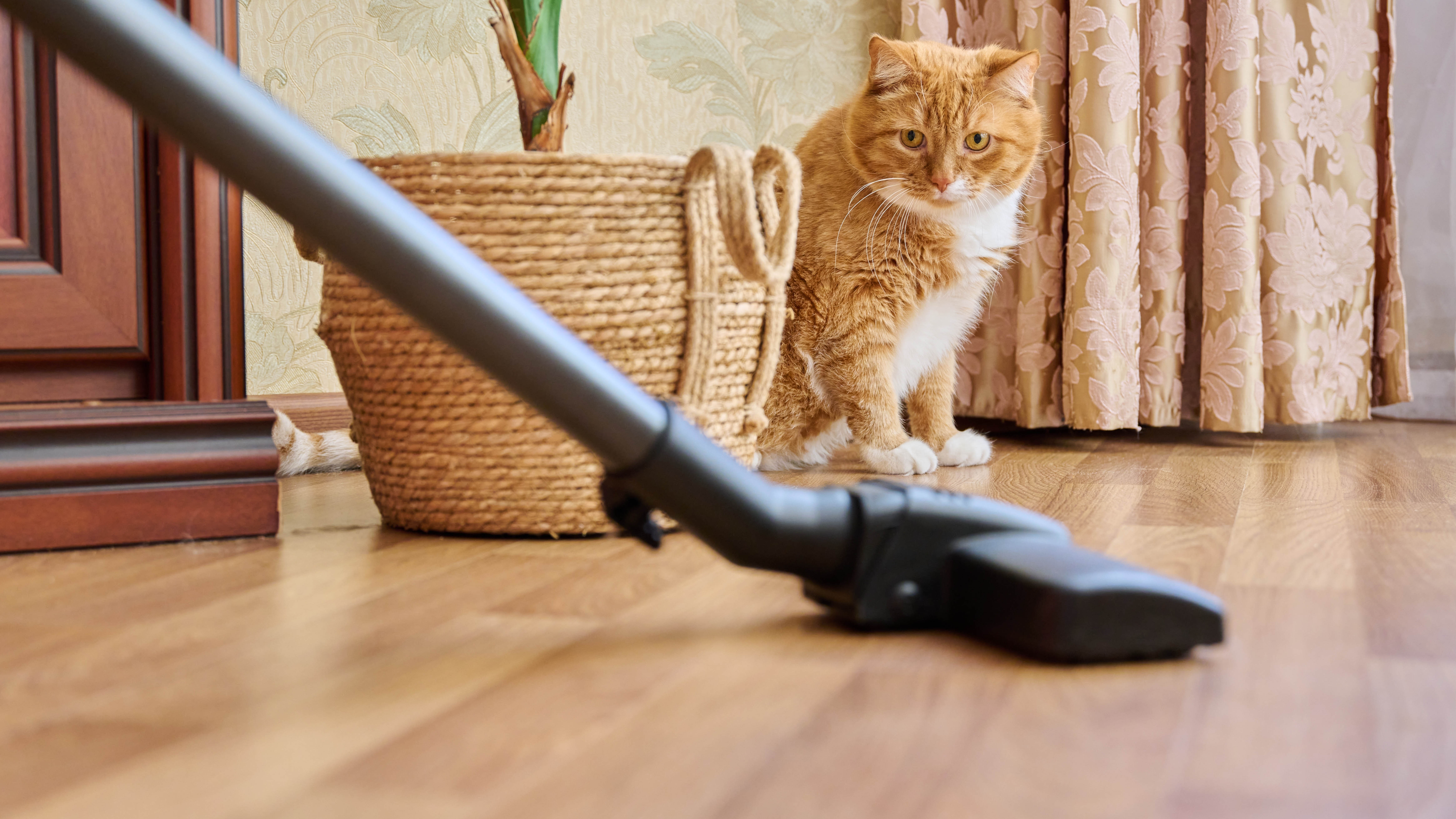
First of all, you need to make sure you vacuum regularly. This collects shed fur from your carpet and hard floors, which can carry residual odors. Spilled pet food and any walked-in debris will be picked up at the same time, which can contribute to the smell too.
Shed pet fur can be tricky to collect because it clings to the carpet fibers and often catches around a vacuum’s brush bar. So you need to make sure you’ve got one of the best vacuums for the job, designed to handle an ongoing supply of pet hair. A robot vacuum can help keep on top of pet fur as well, although you will still need one of the best robot vacuums for pet hair for the same reason.
Remember to vacuum shed fur from pet furniture as well as areas they frequent too — you may need the upholstery tool to do this. Don’t forget about fur which gathers at the carpet’s edge, adjacent to the baseboard. You can use a crevice tool to reach this area.
2. Carpet cleaner
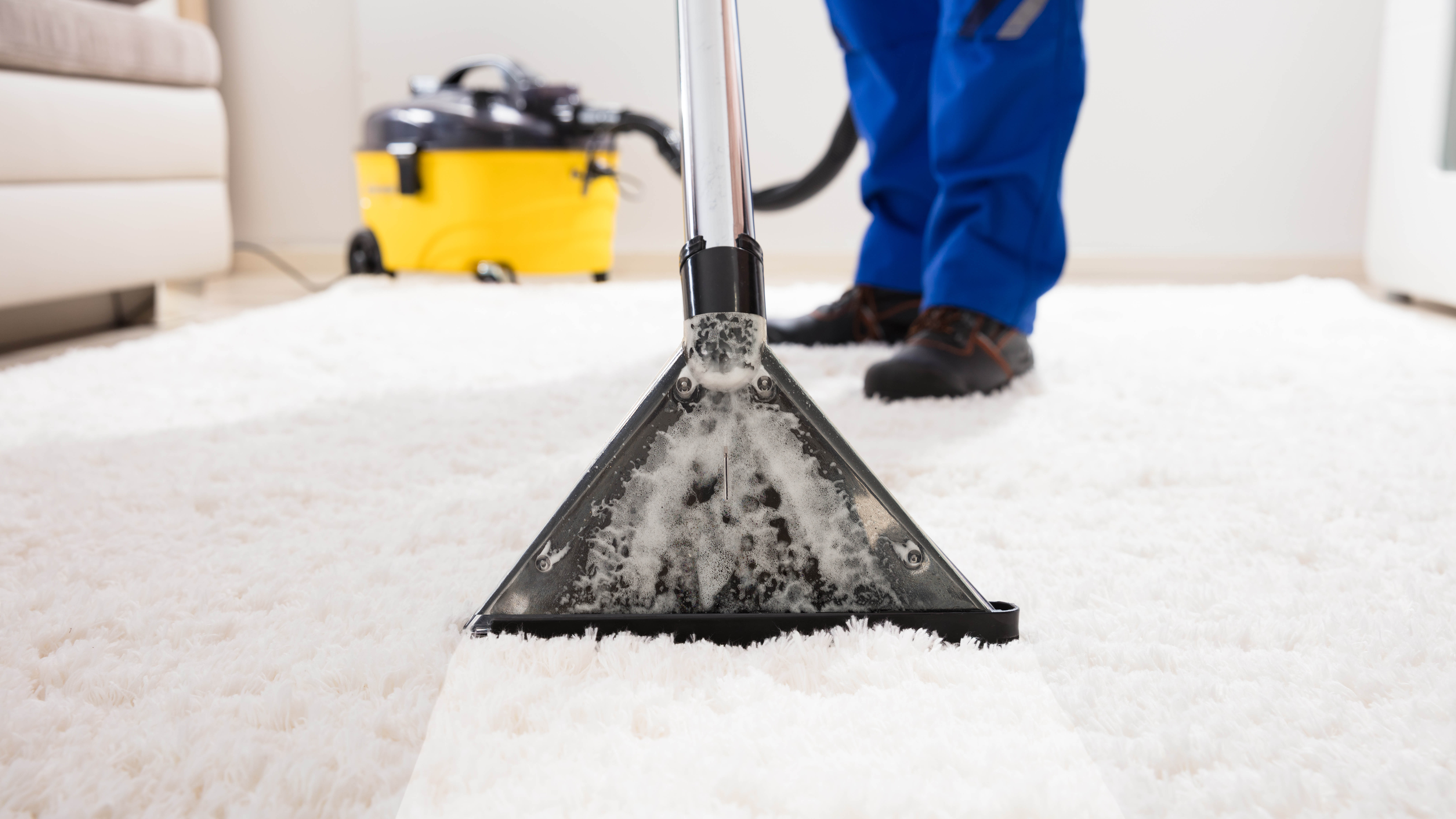
There’s likely embedded smells in your carpet even once this fur has been removed. A carpet cleaner can help lift these smells and refresh the space. These bulky vacuum cleaner-lookalikes work by applying water and detergent to your floors, and then sucking the solution back up, along with the dirt, as you move the head back and forth.
With one of these appliances, you can deep clean your carpets in as little as a few hours. And they’re often versatile in design, so you can use them on upholstery around the home at the same time. Carpet cleaners are available to buy or rent, an example being this Hoover Power Scrub Deluxe Carpet Cleaner Machine ($149, Amazon). If your pet often has accidents, a spot carpet cleaner can help target individual stains as well, such as the BISSELL Little Green Pro Portable Carpet & Upholstery Cleaner ($164, Amazon).
Sign up to get the BEST of Tom's Guide direct to your inbox.
Get instant access to breaking news, the hottest reviews, great deals and helpful tips.
Keeping your carpets clean can really help to reduce residual aromas, so try to make a habit of doing this at least once a year. More often might be necessary depending on your pets and carpet. Wondering should you rent or buy a carpet cleaner? We’ve got the answer.
3. Air purifier
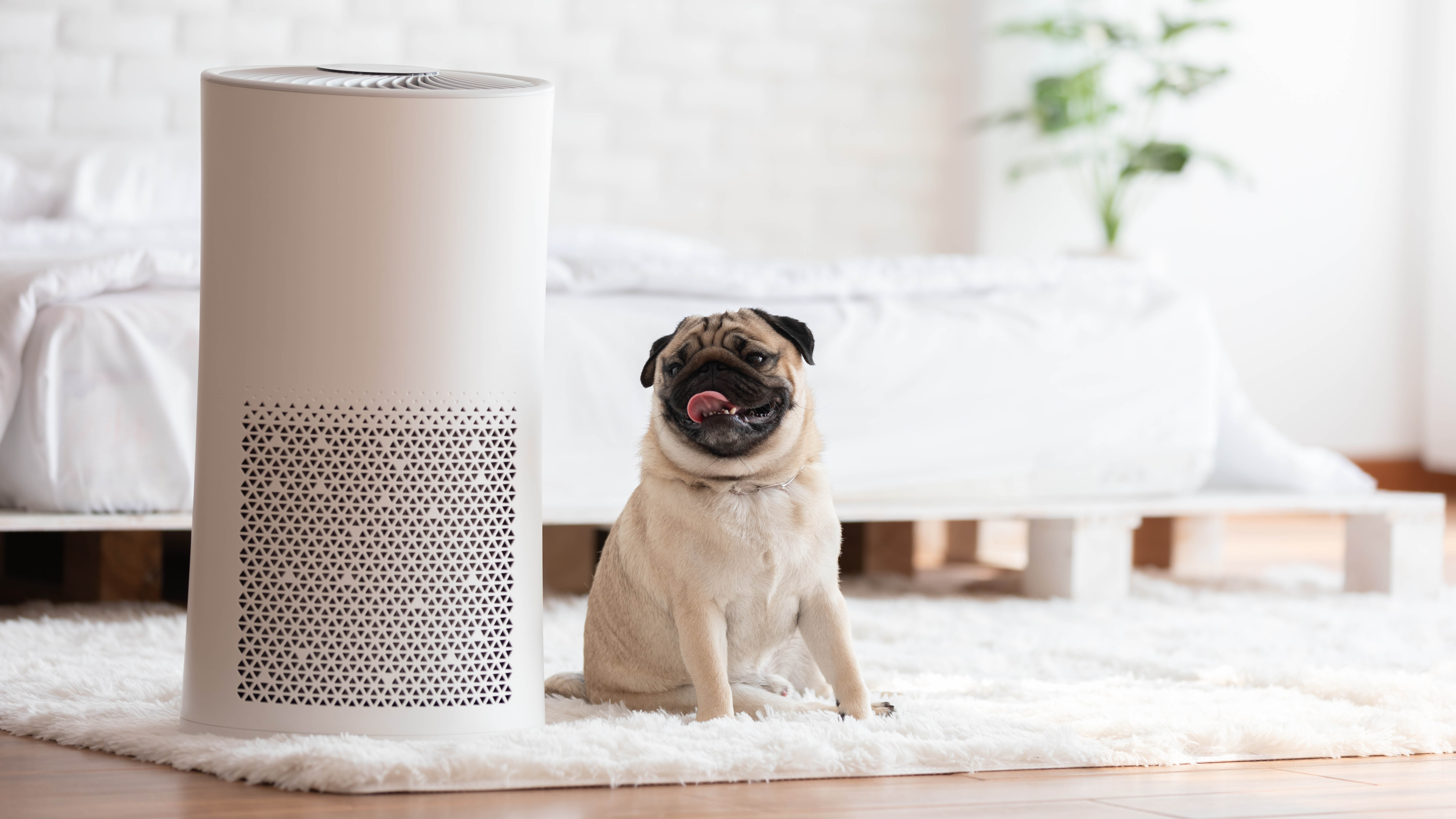
Air purifiers can do more than purify your air, they’re amazing at deodorizing too. This is because most models contain a carbon layer which absorbs aromas as it works — for this reason, they’re often placed in the kitchen to remove cooking smells. As pollutants are filtered from the air, it can potentially reduce lingering smells from the atmosphere, including the smell of pets.
Of course, even if you use one of the best air purifiers, it likely won't have the power or capacity to reduce all traces of smells throughout the home.
Use your air purifier in conjunction with other methods to keep your home smelling fresh. The main goal is ventilation, so keep windows open as needed. Air purifiers are not an effective replacement for fresh air, so you should always vent your home on occasion. To keep your indoor air clean and not working against your air purifier, only open your windows at times when pollution outside is low — you can use AirNow for guidance. Don’t run your air purifier while your windows are open either; use these in tandem instead.
4. Clean the litter box
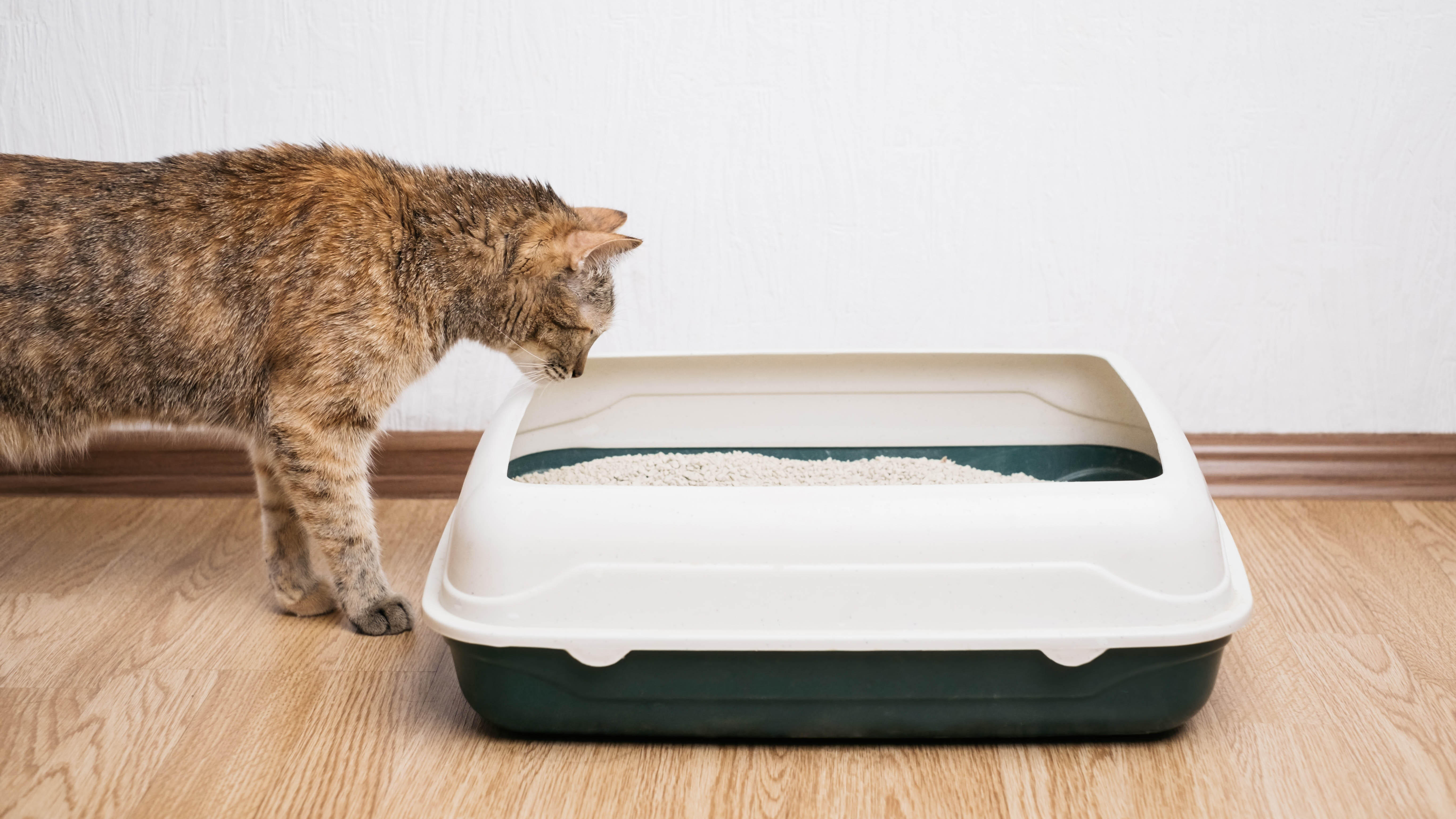
If you’ve got a litter box at home, you can easily tell when it’s been a few weeks since you last changed the litter — residual urine can produce a strong ammonia-like smell. Make sure you take the time to disassemble, clean and dry your cat’s litter box once a week. Use a gentle, scent-free dish soap, ideally designed for use with pets, and refill with fresh litter before replacing. This will keep residual litter box smells to a minimum.
You can also limit litter box smells by buying a design with a hooded lid to better contain it. Take care where you place the litter box as well — it should be in a secluded area of the home, where your cat will have privacy, but you can easily check it. Make sure you remove all traces of urine and feces with daily cleaning as well. You may need to dig rather than just scooping from the surface to do this. Some litters are designed with odor control in mind as well, such as Fresh Step Clumping Cat Litter ($10, Amazon).
Pet accidents also cause bad odors in your home and should be cleaned up promptly as cat and dog pee and poop can be harmful to humans.
5. Clean the dog bed
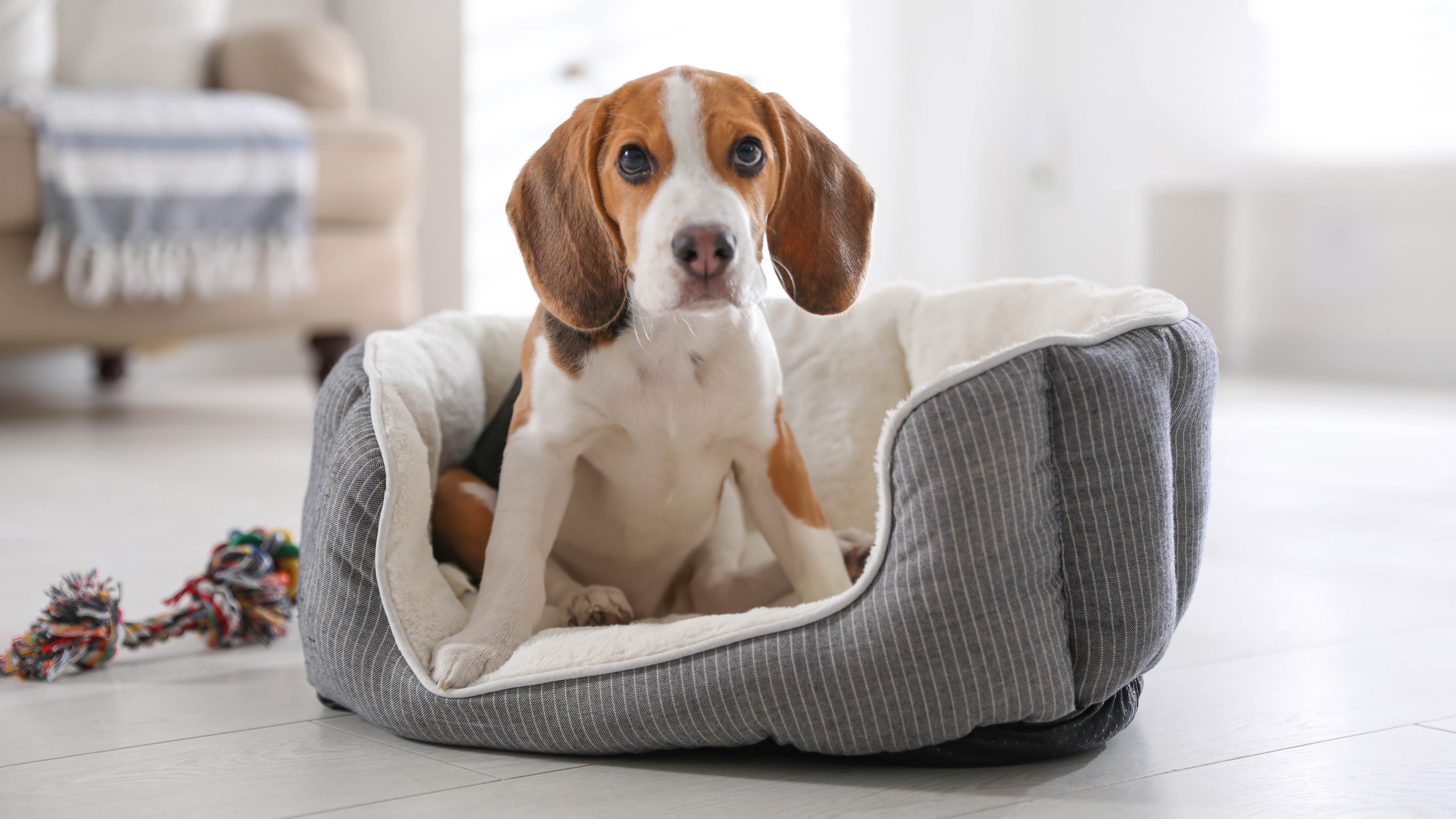
If you’ve got man’s best friend at home, a big contributor to that musty pet smell will likely come from the dog bed. Your dog spends hours here every day (and hopefully, night), leaving shed fur, drool and traces of urine and feces behind — so it’s no wonder it can smell over time. And if your pet has an accident, this will certainly contribute to the aroma.
You should take the time to wash your best dog bed every week. Some come with removable covers you can toss into the drum of the best washing machines, while others can go in whole. Always follow the care label instructions for guidance and use a pet-safe detergent. Remove any loose fur before washing and make sure it’s thoroughly dry before refitting. Likewise, cat beds will need washing regularly for the same reason.
6. Clean your pets
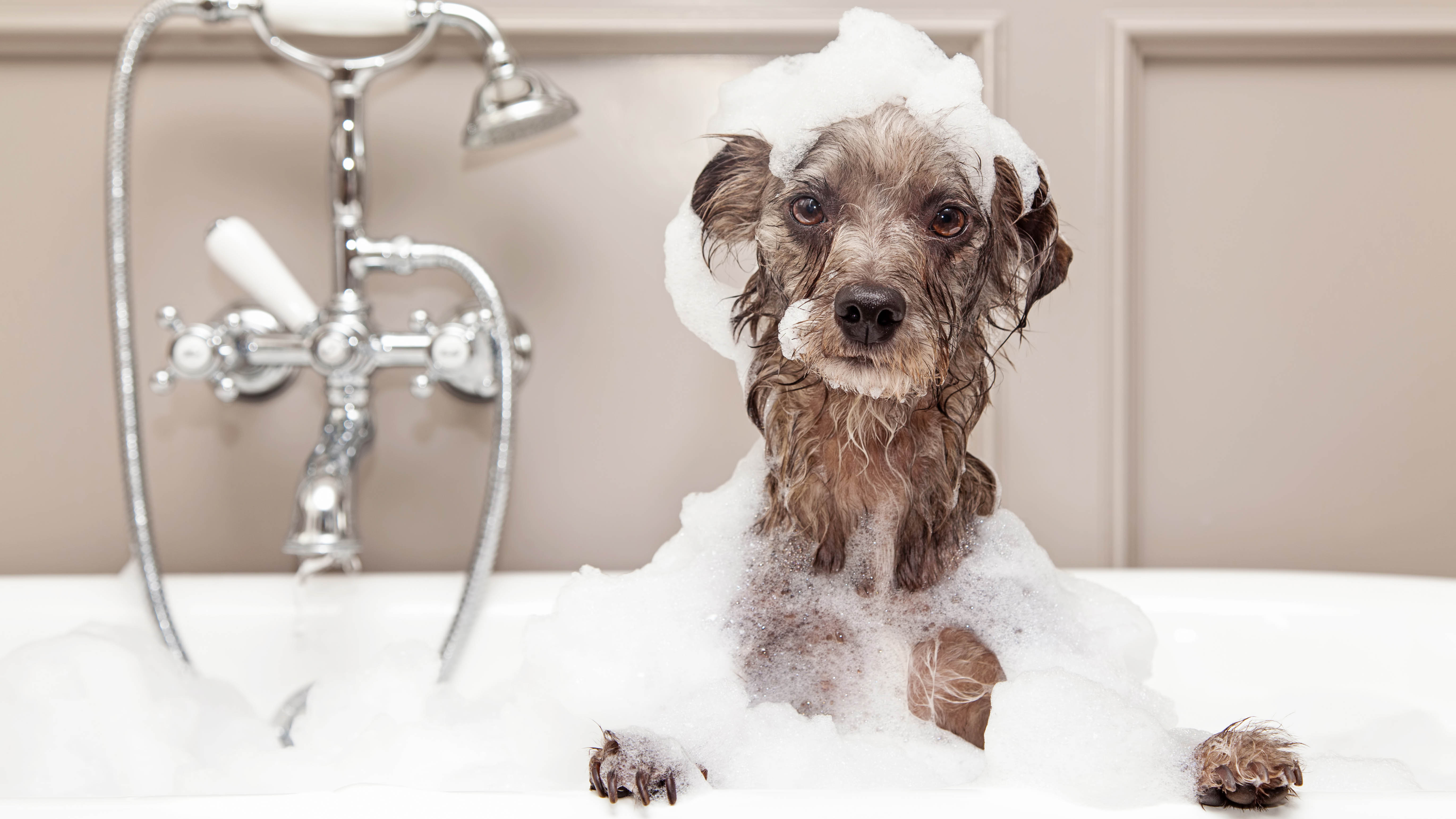
Keeping your pets clean will reduce the residual smell too of course. Bathe your dog as often as necessary — depending on the length of their coat and activities, this may be as often as every week, to every couple of months. Use a dog shampoo designed to deodorize, such as TropiClean Berry & Coconut Deep Cleansing Dog Shampoo ($14, Amazon).
Brush both cats and dogs regularly too, especially during shedding season, to remove and collect loose fur. That way it won’t fall out around your home and contribute to the smell. Brushing the teeth of your pet can help reduce plaque buildup and bad breath on top of this. Don’t forget about cleaning your dog’s ears — this will reduce the chance of infection.
7. Odor removers
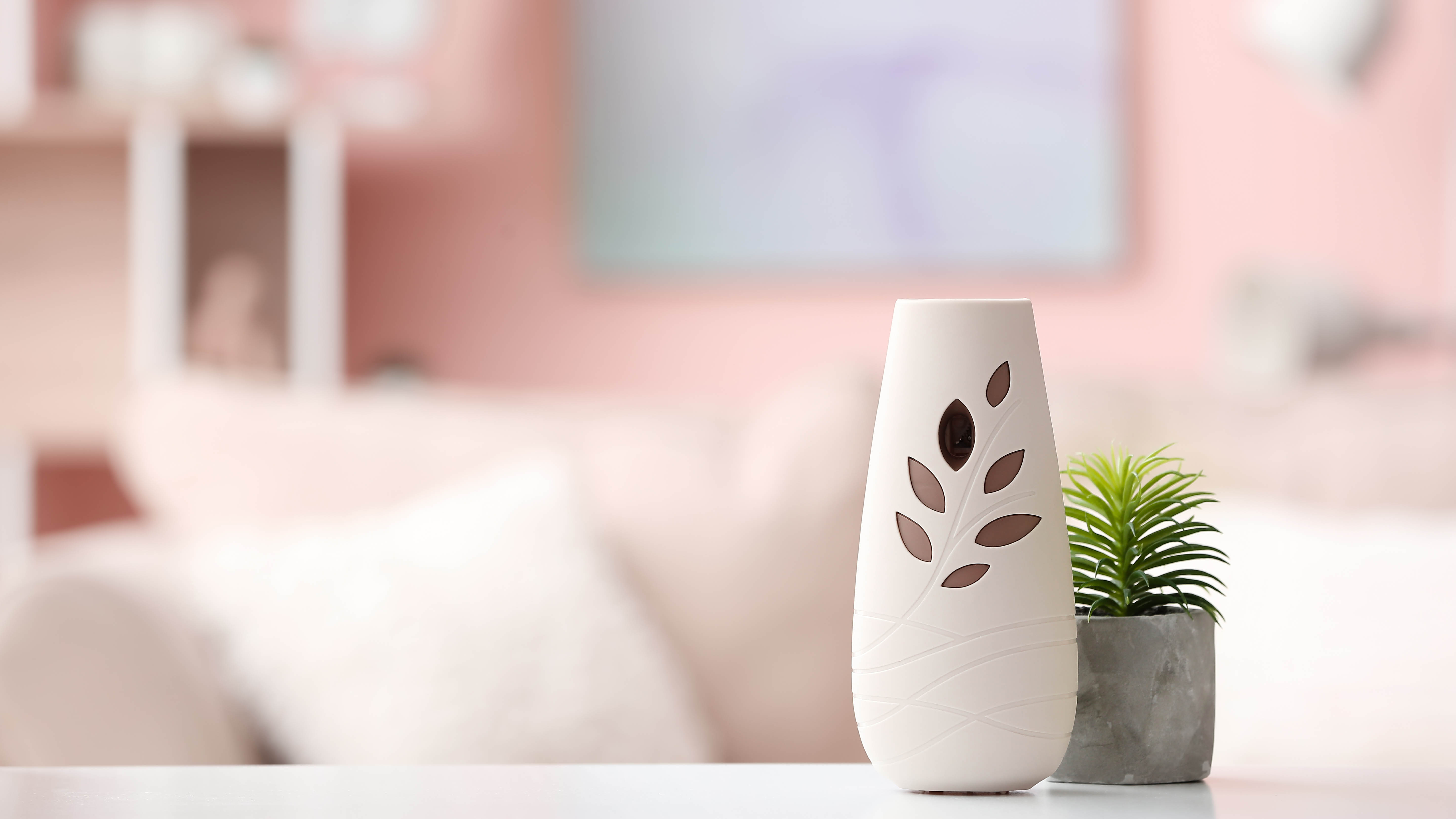
If pet odors are still prevalent, there are plenty of products you can try to absorb or mask the scent. For instance, gel odor removers are common, such as Fresh Wave Odor Removing Gel ($24, Amazon) — these can be strategically placed to absorb odors for up to a few months, but make sure they’re safe to use around pets or out of reach. Baking soda works in a similar way, but it’s toxic to pets, so care would need to be taken with its application.
If your pet previously had an accident, and the scent is still present, some products are designed to specifically cover this up, such as ANGRY ORANGE Pet Odor Eliminator ($19, Amazon). To cover up the residual smell of pets in a small space, portable air fresheners can help as well, such as Febreze Small Spaces Air Freshener ($11, Amazon). Whatever you use, just make sure it’s safe around your pets.
More from Tom's Guide

Katie Mortram used to be a Homes Editor for Tom's Guide, where she oversaw everything from kitchen appliances to gardening tools, as well as smart home tech. Specializing in providing expert advice for cleaning and home manintenance, she now works as Household Advice Editor for Good Housekeeping.
